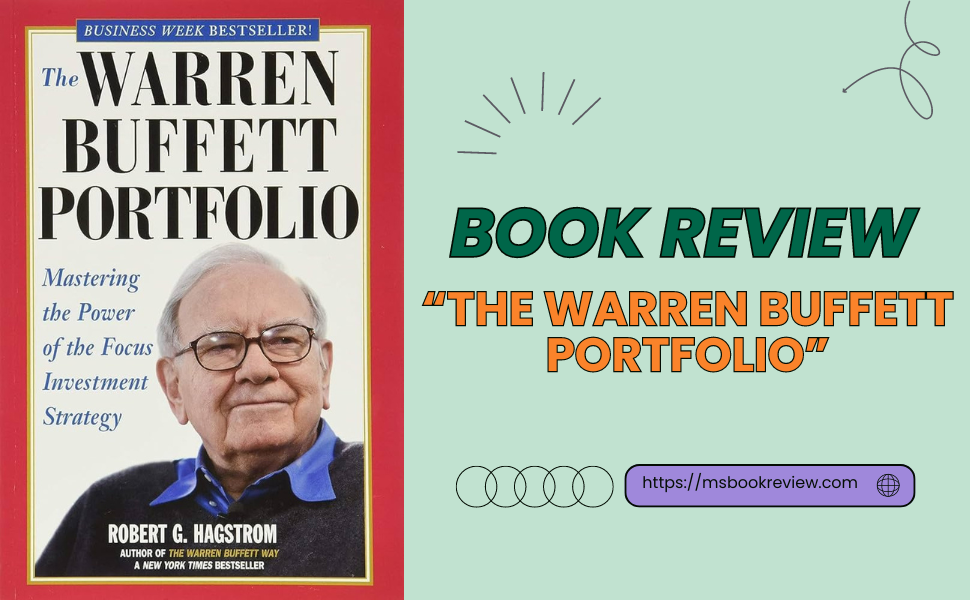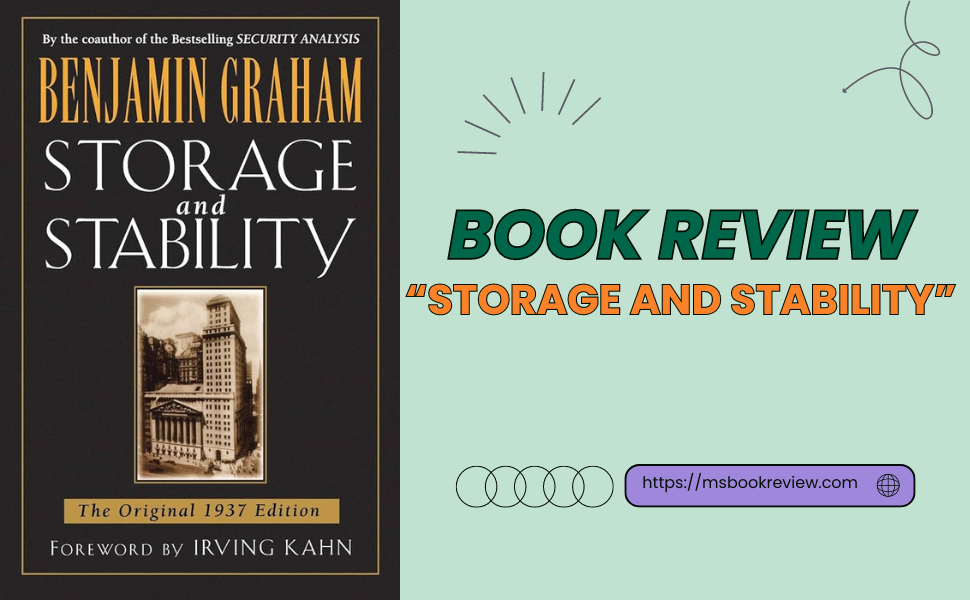Msbookreview.com, ever wondered if you could get a do-over in life, especially regarding your financial decisions? In Second Chance, Robert T. Kiyosaki presents an empowering guide to reclaiming your financial future, especially amid economic uncertainty and rapid change.
This book is more than just a financial manual; it’s a call to action for individuals to rethink their approach to money, investments, and personal growth.
In this book review, we’ll explore the key elements of Second Chance, answering critical questions about the author, the book’s synopsis, its advantages and disadvantages, personal reflections, and the moral message it conveys.
Whether you’re facing financial challenges, seeking a fresh start, or looking to navigate the evolving economy better, this review will provide valuable insights into why this book is a must-read.
Table of Contents
ToggleAuthor of Second Chance
Robert T. Kiyosaki, the author of Second Chance, is a globally recognized financial educator, entrepreneur, and bestselling author.
He is best known for his groundbreaking book Rich Dad Poor Dad, which has transformed how millions think about money, education, and personal finance.
With decades of experience in entrepreneurship, real estate, and investing, Robert Kiyosaki has dedicated his life to teaching individuals how to achieve financial independence through financial literacy and intelligent investing.
In Second Chance, Robert Kiyosaki builds on his previous works by offering readers a roadmap to navigating the new economic landscape, focusing on turning challenges into opportunities.
Synopsis of Second Chance

Second Chance is a forward-thinking and motivational book that addresses the economic changes that have reshaped the global financial landscape and how individuals can adapt to these changes.
Robert Kiyosaki argues that the traditional financial advice of working hard, saving money, and investing in the stock market is no longer sufficient in today’s rapidly evolving economy.
Instead, he encourages readers to take control of their financial education and make informed decisions that will lead to long-term financial security.
The book is structured around three key sections, each representing a different time frame: the past, the present, and the future.
- The Past: Robert Kiyosaki begins by exploring the historical events and economic shifts that have led to the current financial climate. He discusses the rise of industrial capitalism, the impact of the gold standard, and the role of central banks in shaping the economy. By understanding the past, Kiyosaki argues that readers can gain insights into the underlying forces that continue to influence the economy today.
- The Present: In this section, Robert Kiyosaki focuses on the current state of the global economy and the challenges individuals face in building and preserving wealth. He discusses the limitations of traditional financial advice and highlights the importance of financial education in navigating the complexities of the modern economy. Robert Kiyosaki also addresses the growing wealth gap and the risks associated with debt and inflation.
- The Future: The book’s final section is dedicated to preparing for the future. Robert Kiyosaki offers practical advice on adapting to the changing economy, including tips on investing in real estate, starting a business, and creating multiple income streams. He emphasizes the importance of being proactive and taking control of one’s financial destiny rather than relying on outdated methods and institutions.
Throughout the book, Robert Kiyosaki uses real-life examples, personal anecdotes, and interactive exercises to illustrate his points and engage readers.
He provides actionable steps individuals can take to secure their financial futures and thrive in the new economy.
Advantages of Second Chance
One of Second Chance’s primary strengths is its forward-thinking approach to financial education. Robert Kiyosaki’s emphasis on understanding the economy’s past, present, and future provides readers with a comprehensive framework for making informed financial decisions.
This holistic approach is empowering and practical, making the book a valuable resource for anyone looking to take control of their financial future.
Another significant advantage of the book is its focus on financial education and self-empowerment. Robert Kiyosaki argues that individuals must take responsibility for their financial education rather than relying on traditional financial advice or institutions.
This message is particularly relevant in today’s rapidly changing economy, where new challenges and opportunities are constantly emerging.
Another plus is the book’s use of real-life examples and personal anecdotes. Robert Kiyosaki’s storytelling makes complex financial concepts more relatable and easier to understand.
The interactive exercises included in the book also help readers apply the lessons to their financial situations, making the content more engaging and actionable.
Disadvantages of Second Chance
While Second Chance offers valuable insights, it has its drawbacks. One potential disadvantage is that the book’s content may feel overly familiar to readers who have already read Robert Kiyosaki’s previous works, such as Rich Dad Poor Dad and The Cashflow Quadrant.
Many themes and concepts discussed in Second Chance are consistent with Robert Kiyosaki’s earlier teachings, which may make the book less impactful for those already well-versed in his philosophy.
Another potential drawback is that the book’s focus on real estate investing and entrepreneurship may not resonate with all readers.
These strategies often require significant capital and risk tolerance, which may only be feasible for some. The book could benefit from offering a broader range of financial strategies that are accessible to readers with varying levels of financial resources and risk tolerance.
Additionally, the book’s emphasis on self-education and personal responsibility is overwhelming, particularly for those new to financial concepts.
While the book provides practical advice, readers may need additional resources or support to implement Robert Kiyosaki’s strategies in their own lives fully.
Personal Opinion about Second Chance
As someone who read this book, I have a personal opinion about it. Second Chance is a thought-provoking and timely read.
Robert Kiyosaki’s emphasis on understanding the economy’s past, present, and future is both insightful and practical, providing readers with a comprehensive framework for navigating today’s complex financial landscape.
The book’s focus on financial education and self-empowerment is particularly relevant in a world where traditional financial advice is increasingly outdated.
One of the aspects I appreciate most about the book is its motivational and empowering tone. Robert Kiyosaki’s message that individuals can take control of their financial futures and turn challenges into opportunities is inspiring and actionable.
The book’s use of real-life examples and interactive exercises makes the content more relatable and engaging, helping readers apply the lessons to their lives.
However, I also recognize that the book may only be for some. While the strong focus on real estate investing and entrepreneurship is valuable, it may not resonate with all readers, particularly those who prefer more traditional paths to financial security.
Additionally, the book’s content may feel repetitive to those familiar with Robert Kiyosaki’s earlier works.
Overall, I recommend Second Chance to anyone interested in understanding the evolving economy and taking control of their financial future.
The book provides a clear and actionable roadmap for those looking to adapt to change and achieve lasting financial success.
Moral Message of Second Chance
The moral message of Second Chance is clear: financial independence is achievable for anyone willing to educate themselves, adapt to change, and take control of their financial future.
Robert Kiyosaki emphasizes that the traditional financial advice of working hard, saving money, and investing in the stock market is no longer sufficient in today’s rapidly evolving economy.
Instead, individuals must take responsibility for their own financial education and proactively seek opportunities for growth and wealth-building.
Robert Kiyosaki also underscores the importance of resilience and adaptability in economic uncertainty. He argues that learning from past mistakes, embracing change, and taking calculated risks are essential for long-term financial success.
The book’s ultimate message is empowerment: with the proper knowledge, mindset, and strategies, anyone can turn their financial challenges into opportunities and create a secure and prosperous future.
Conclusion
Second Chance is more than just a financial guide; it’s a comprehensive blueprint for thriving in the new economy.
Robert T. Kiyosaki offers readers a unique blend of historical analysis, practical advice, and motivational insights that provide valuable guidance for navigating today’s complex financial landscape.
While the book may have limitations, its lessons are timely and relevant in a world where traditional financial advice is increasingly obsolete.
Whether facing financial challenges, seeking a fresh start, or navigating the evolving economy better, Second Chance offers the knowledge and tools to achieve lasting financial success.
As you explore the concepts and strategies outlined in the book, you’ll gain the confidence and understanding needed to make informed decisions and create a secure financial future.
This book is essential for anyone ready to take control of their financial destiny and turn challenges into opportunities for growth and prosperity.
If you’re ready to take control of your financial future, don’t miss out on exploring 20 Best Books by Robert Kiyosaki.













1 Comment
[…] Second Chance, Robert Kiyosaki offers hope and strategies for those who have faced financial setbacks. The book […]